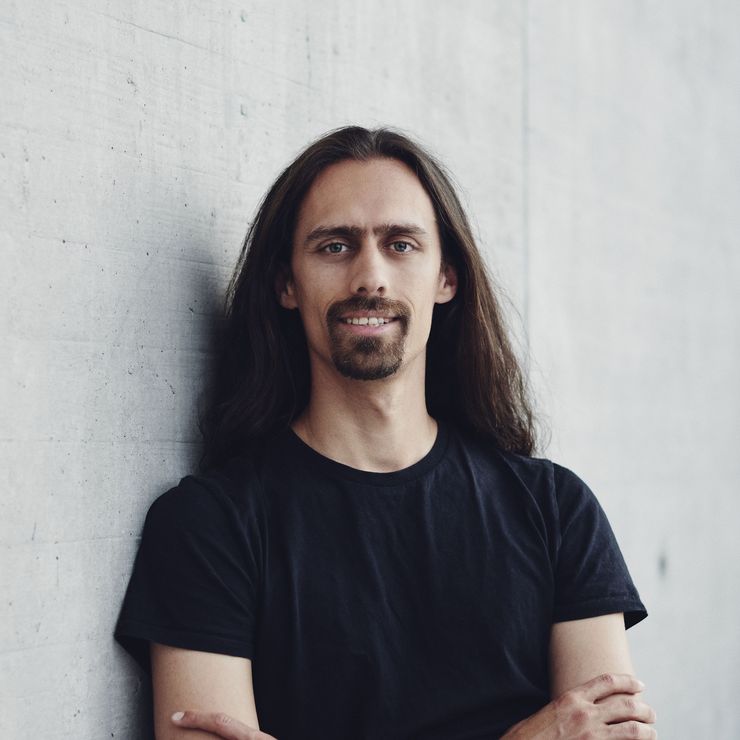
Statistical models of the RNA sequencing process help me to understand why two brain cells show different gene activity. Is the difference just a coincidence, or a sign of new, exciting biology?
Dr. Jan Lause

Jan Lause is a PostDoc in the Department of Data Science at the Hertie Institute for AI in Brain Health at the University of Tübingen with background in Psychology, Bioinformatics and Neuroscience. With his current research, Jan wants to better understand neural computations in the retina - for example how exactly the enigmatic group of amacrine cells shapes the signals that the retina sends to the brain.
In his PhD, he worked with single-cell RNA sequencing (scRNA) data, which contains information about which genes are active in a given cell. This type of data helps to understand, e.g. the cell type diversity in the brain, but also contains technical noise that needs to be removed before analysis. For that, Jan developed new normalization methods to improve this crucial step in scRNA data analysis. Additionally, Jan worked on how to visualize high-dimensional scRNA data, using machine learning methods like t-SNE and UMAP. He showed which aspects of the original data these visualisation methods preserve and where they introduce distortions.
Jan also writes sci-comm pieces on AI and sustainability, and is a volunteer instructor with “KI macht Schule”, an outreach project that brings basic AI education to German schools.
Statistical models of the RNA sequencing process help me to understand why two brain cells show different gene activity. Is the difference just a coincidence, or a sign of new, exciting biology?